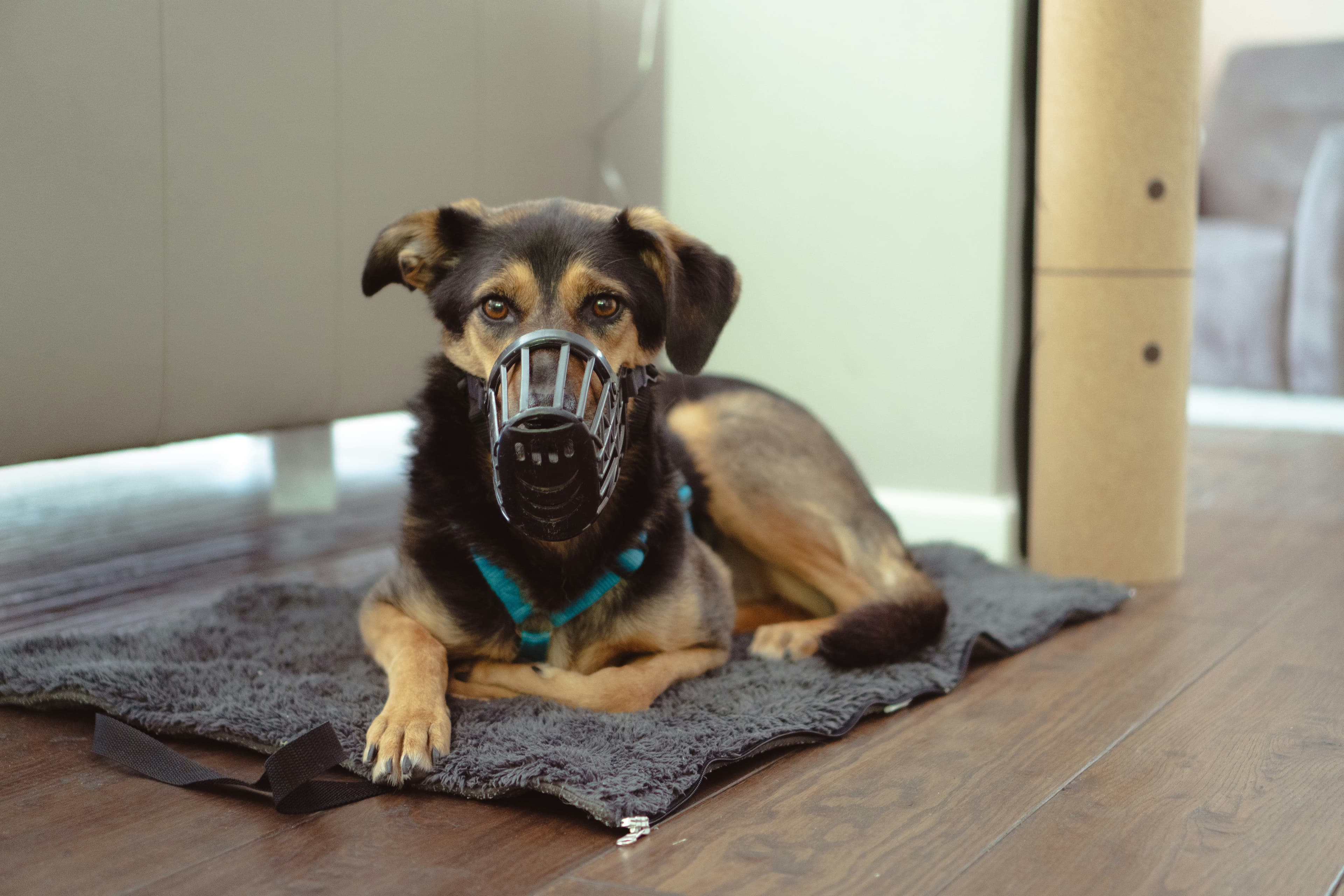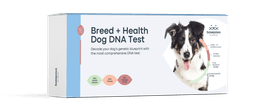Clearly, a pet's safety should be one of the most important priorities when discussing pet ownership. One of the tools used to serve this purpose is a dog muzzle that can become a crucial detail in potentially dangerous situations. This article will dive into the details of a dog muzzle: its importance, appropriate use cases, and how to choose the right one for your pet.
Why Do You Need a Muzzle?
A muzzle is an essential tool for managing dogs in various situations, serving both safety and behavioral management purposes. It helps in preventing bites and ensuring the safety of both the dog and those around it, especially in potentially stressful or unfamiliar environments.
When Is It Appropriate to Use a Dog Muzzle?
During an emergency
In emergencies, dogs can become unpredictably aggressive due to fear, pain, or confusion. A muzzle can help prevent bites during rescue operations or when you need to move an injured dog.
There is a history of biting or a risk of biting
Dogs with a history of aggressive behavior or those at risk of biting due to behavioral issues should wear a muzzle for the safety of others and themselves.
A dangerous situation happens, and there is a risk of biting
Even the most obedient dog can bite if they feel threatened. A muzzle can provide peace of mind in potentially threatening situations, like crowded public spaces.
During grooming sessions
Some dogs find grooming sessions stressful and may snap at groomers. A muzzle can help make these sessions safer and more comfortable for both the dog and the groomer.
When required due to breed-specific legislation
Certain areas have laws requiring specific breeds to be muzzled in public. It's important to be aware of and comply with local regulations to avoid legal issues.
How to Choose a Muzzle?
Choosing the right muzzle for your dog is critical for their comfort and the effectiveness of the muzzle. Below are some key factors to consider.
Finding the Right Fit
The first step in finding the right fit is accurately measuring your dog. You'll need to measure:
Snout length: Measure from the tip of the nose to the base of the snout, right below where the eyes are.
Snout circumference: Measure around the widest part of the snout, usually just below the eyes. Ensure your dog's mouth is slightly open to account for panting.
Neck circumference: Measure around the neck, where the collar would sit.
Snout height: Measure the height of the snout from the top to the bottom to determine the depth needed for the muzzle.
It always depends on the size of the dog. For small breeds, a small dog muzzle designed for their petite size can provide a secure and comfortable fit. For larger breeds you will need to find a bigger size.
Materials
Biothane muzzles
Biothane is a durable, waterproof material that dogs like to wear. It is also easy to clean, making it a great option for dogs that need a sturdy yet comfortable muzzle.
Leather muzzles
Leather muzzles are strong and durable, offering a traditional look. They can be more comfortable over time as the leather softens and molds to the dog's face.
Plastic muzzles
Plastic muzzles are lightweight and affordable, suitable for dogs that do not require a heavy-duty option. However, they may not be as durable as other materials.
Rubber muzzles
Rubber muzzles offer flexibility and are often more comfortable for the dog. They can withstand extreme temperatures and are suitable for dogs needing more forgiving material.
Metal muzzles
Metal muzzles are the most durable and are often used for strong dogs or those with aggressive tendencies. They must be fitted correctly to avoid injuries.
Nylon/mesh muzzles
Nylon or mesh muzzles are soft and lightweight, suitable for short periods like vet visits or grooming sessions. They are not recommended long-term use as they can restrict breathing and panting.
Muzzling flat-faced breeds
Due to their unique facial structure, flat-faced (brachycephalic) breeds require special consideration. A muzzle pug or other design tailored for flat-faced breeds can provide a comfortable and secure fit, ensuring the dog can breathe and pant without restriction.
Conclusion
Finding the best dog muzzle requires considering your pet's needs, character, and unique features. Whether you need a dog basket muzzle for regular walks in the park or a bite muzzle for dogs for more aggressive behavior management, finding the right one will make a huge difference in your beloved pet's safety, comfort, and well-being.
Dog muzzles are one of the best measures for managing and preventing unpleasant and even dangerous consequences. After reading this article and knowing how to choose the right one and when to use it, you can be sure that the safety of your dog and everyone around it is guaranteed.
Frequently Asked Questions
How do you properly fit a muzzle?
To properly fit a muzzle, measure your dog's snout length, circumference, and height, then choose a muzzle that allows for slight adjustments for a secure but comfortable fit. Ensure it is snug without causing discomfort and allows for normal breathing and panting.
What are bite muzzles for dogs?
Bite muzzles for dogs are designed to prevent biting by securely covering the dog's mouth, typically used for aggressive dogs or situations where there is a risk of biting, ensuring safety for both the dog and others.
How to choose a muzzle for a pug?
When choosing a muzzle for a pug or any brachycephalic breed, look for a design that accommodates their unique facial structure, ensuring it does not restrict breathing and allows for panting, such as adjustable, soft muzzles tailored for flat-faced dogs.



